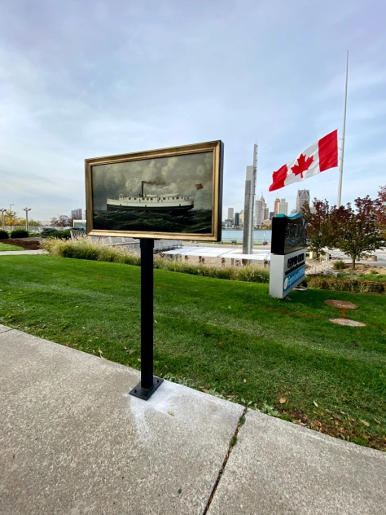Community, Leadership, Experimentation, Diversity, & Education
Pittsburgh Arts, Regional Theatre, New Work, Producing, Copyright, Labor Unions,
New Products, Coping Skills, J-O-Bs...
Theatre industry news, University & School of Drama Announcements, plus occasional course support for
Carnegie Mellon School of Drama Faculty, Staff, Students, and Alumni.
CMU School of Drama
Friday, November 18, 2022
The Need for Art in the Smart City
AMT Lab @ CMU: New trends such as NFTs, artificial intelligence, hybrid intelligence, augmented reality, generative algorithm-based artworks, immersive interactive art installations and performances have now entered the public conversation, shaping the average audience experience. Emerging and innovative art forms existed before the pandemic, but they have assumed a deeper meaning and stronger presence after it. New art spaces have been explored, opening the horizon for a more inclusive, collective, and safe art experience.
Subscribe to:
Post Comments (Atom)

4 comments:
Honestly, I hate technology so I am very inclined in saying a big fat no to the entire premise of having art be entirely digital. I don’t think “non-digital” art is going to become obsolete or be forgotten; I feel like if it was that shift might have happened already. I think the concept is intriguing, but it is a misuse of the medium, in my opinion, trying to make traditional art using digital mediums. It’s sort of like this great, massive influx of Disney live-actions adaptations. You can do a lot with live action, but you cannot replicate scenes that were meant to be animated into live action. Both mediums have different purposes, limitations, and general finish when it comes to the final project. Again, very fascinating idea mixing art and technology in an urban setting in the same way that the article is proposing. I just think we can accomplish something better than having a bunch of screens around.
Smart cities sound cool and effective in theory but also a little scary since every building road and machine you come into contact with is recording your ever move. I understand that it would provide information to make businesses and city operational decisions the most efficient designs but also it feels like a futuristic invasion of space. Interestingly what the article was actually about was including AI art and digital stimulation within Smart Cities to bring a quintessential facet of life such as the arts into the digital age. While I’m personally not a fan of AI art and related technologies I think it would be interesting if a Smart City could see what kinds of advertising are most effective based on art styles and then also in general bringing color and humanization into these Smart Cities.
Coming to a city after living on an island for my entire life was pretty shocking in general, but especially in the art aspect. Back at home, people are trying to bring back and maintain artistic mediums that were used in traditional Hawaiian settings, such as using the traditional Hawaiian method for tattooing rather than the regular tattoo machine. Many other things are different there than in cities/the mainland in general. For example, there are no billboards allowed in general, nevermind electronic ones. Murals are still very much alive, especially in Wailuku town, there are not many electronic art exhibitions, most of the art I see is made on a canvas with a brush or some other medium. Coming to the city to see art done with electrics or something else in the technology realm was kinda cool at first, but it’s definitely frightening watching it replace good ol traditional art.
I think the idea of a smart city is a neat concept in theory, especially if you consider the idea of immersive theatre in conjunction with technologies such as lighting design and projections design. I think that there is definitely a specific approach that would need to be taken in order to properly execute a smart city without making it too branded or otherwise unappealing to the average audience. I definitely think the article is right in its assumption; this type of establishment simply would not be able to realistically exist without the influence of art and design upon it. Without art, there is no city; it needs architecture, color, and any basic frameworking to be able to create a functioning city with any kind of visual authenticity. Everything inherently requires art, down to the chairs in 33 and the lobby of Pernell. Art is always an influence, and there cannot be a city without it.
Post a Comment